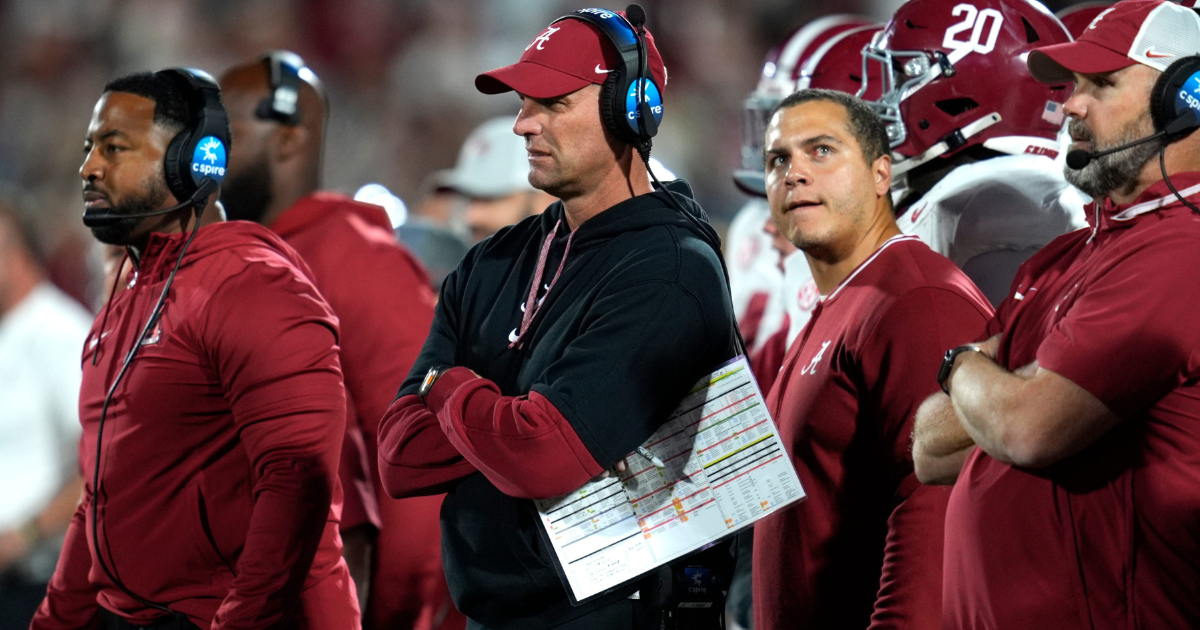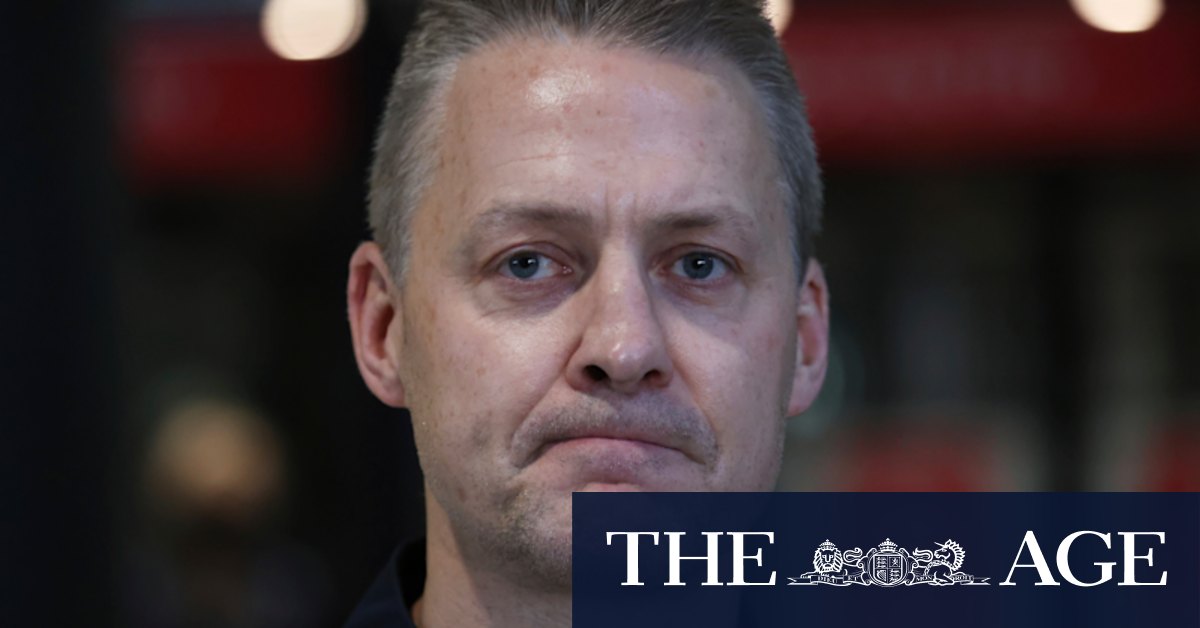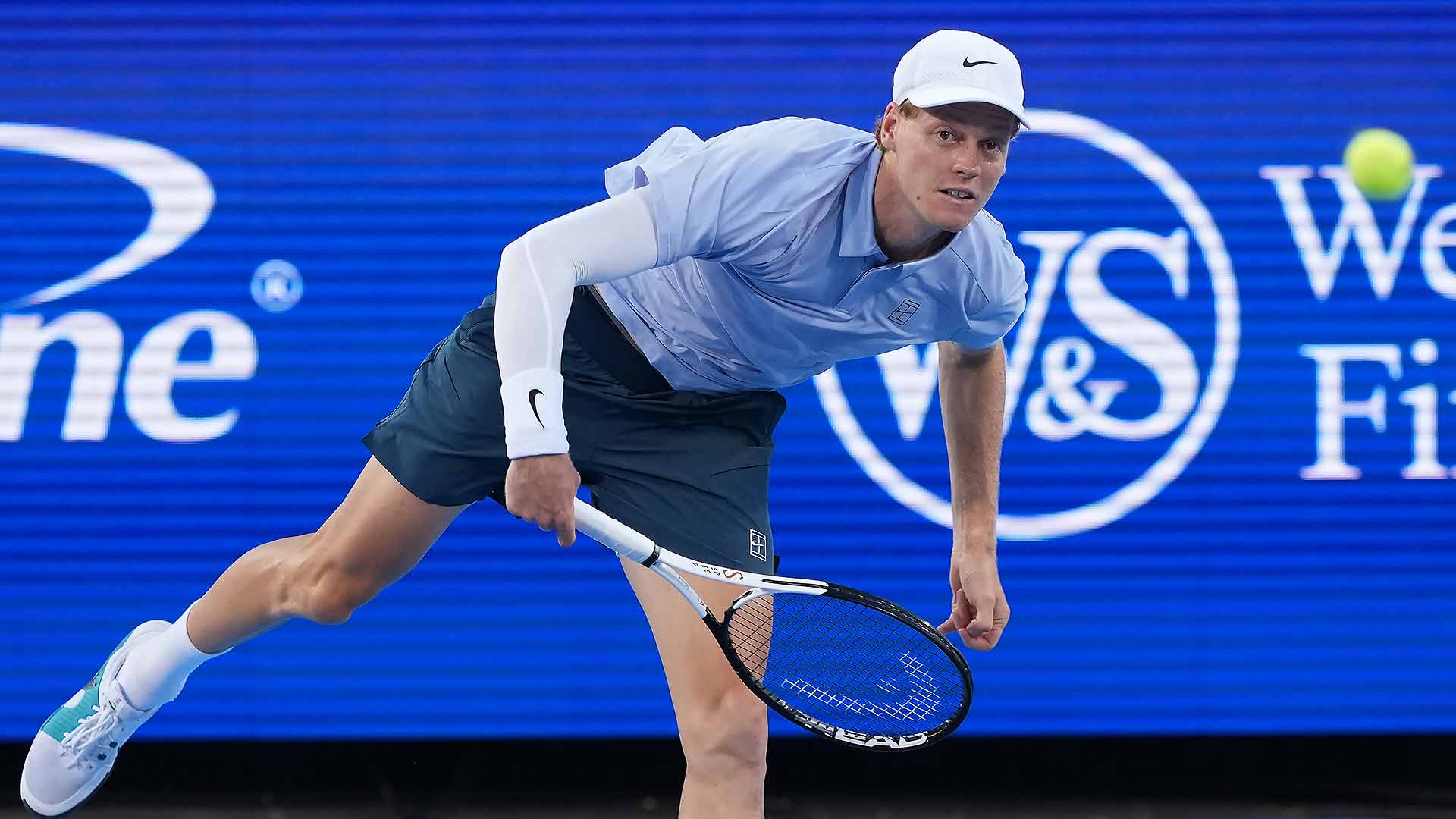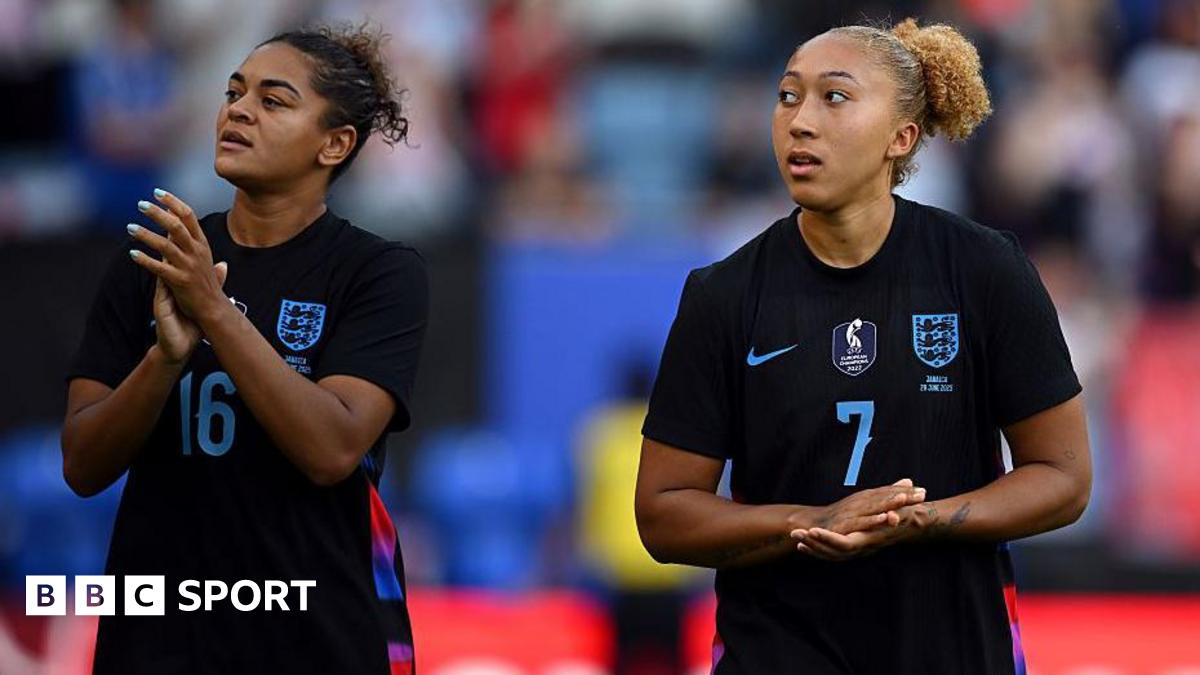A-League's latest crisis: Were Western United doomed from the start?

Open Extended ReactionsAt this stage, we can't say with complete certainty that Western United won't be part of the A-League next season. But we also won't have to wait long to find out if the Australian top-flight is set for its latest dark day, when it could really use a bit of sun right now.Within hours of Friday's revelation that it had been stripped of its licence to field men's and women's sides, Western United signalled that it would appeal the decision within the eight-day time limit, and it remains defiant that a $100 million takeover by KAM Sports -- one that would rescue the club from its parlous state -- will soon be completed.The first instance board, the independent body set up by Football Australia to oversee club licensing and the arbiters that stripped United of its right to compete in the A-League (a decision understood to be related to financial requirements associated with a licence), will then have to review their submission and deliver a response within eight days.Why this is happening now, as opposed to May when Football Australia's own regulations say the licensing process should have been undertaken, is unclear. But ultimately, Australian football should know by Aug. 25 at the latest if Western United will be granted a reprieve.If they are, the club will have been able to present sufficient compelling evidence that they're financially capable and the KAM takeover is imminent. Rumours of their death will have proven to be greatly exaggerated and articles such as this one will look silly in hindsight.But if the appeal falls on deaf ears and United's banishment is confirmed, the A-League Men will shrink to 12 teams while the A-League Women will contract to 11 mere months out from the start of the season. Given its fraught financial state and what such a verdict would mean for its existing sponsorship and commercial agreements -- particularly with Wyndham City Council, who put out a statement on Friday emphasising it retained ownership of Ironbark Fields and the land earmarked for United's planned stadium and precinct -- it's difficult to envision how Western United would survive. Short of rival A-League clubs coming together to keep them afloat, Australian football would lose one of its few professional teams, supporters would lose their club, and hundreds of people would suddenly have their lives thrown into uncertainty.Because it's not just players and coaches that feel the pain when a club collapses. And it's generally not those at the very top. It's the working-class village that it takes to run a professional football club; those working every day in the backrooms, administration, academy, and matchday staff that face the most precariousness, and in 2025 they do so amid a cost-of-living and housing affordability crisis.As has been shown by the closure of KEEPUP and job losses across the APL and A-League clubs, a large number end up lost to the game as they find new opportunities, or failing that simply greater security, elsewhere; ensuring that Australian football is faced with a brain drain of passionate and committed people.Some senior players would find opportunities elsewhere -- other A-League rivals are already circling -- but others across both the men's and women's programs would not: forcing them to drop down to the semiprofessional ranks. That this is all happening now gives players a better chance to secure moves than if it had midseason, but its potential to drag on could affect those moves. Meanwhile, close to 50 top-flight opportunities for Australian men and women would disappear overnight and youngsters throughout the academy -- which had been increasingly thriving -- would find themselves clubless and without a clear path to the professional ranks. Coaches, when there are already too few opportunities for full-time work, would also be left in the lurch.Western United have until the end of the week to lodge an appeal against their ousting from the A-League. Morgan Hancock/Getty ImagesAnd those who find themselves staring down uncertain futures largely do so through no fault of their own. Indeed, in a great many cases, they do so despite the work they've been doing over and above what their roles called for; fielding successful men's and women's sides, giving Australian football characters such as Alessandro Diamanti, developing talent such as Noah Botić, Alana Černe, Dylan Leonard, and Kahli Johnson, and building something approaching an identity and culture around Western United.Throughout United's entire existence a millstone has hung from its neck. It was placed there by the promises of the 2018 expansion process that saw them awarded a licence to enter the competition; the commitment they would deliver a privately owned stadium in Melbourne's west that would serve as the centrepiece of a new precinct. It was novel, combining an A-League bid with Australia's true passion, real estate speculation, to offer a proposal that would deliver much-needed football infrastructure, significant potential profitability, and a healthy licence fee.But it also meant that no matter what success was achieved -- including a men's title in 2022 -- Western United couldn't be separated from the assurances that were made; the club and the project were always intrinsically linked. Every day that passed without construction not only cost the club unsustainable losses but was one in which it represented an incomplete entity, one that's identity and potential couldn't be realised.And now, short of the KAM takeover occurring, it appears that the lodestone has dragged it down. Western United has long laboured to deliver what they can but -- against a backdrop of months of winding up orders, wages being paid late, and legal battles with the ATO and sponsors -- it's clear that the strategy that underpinned the club couldn't be executed in the way it was presented, especially alongside the demands of operating a start-up A-League side. Those that led the expansion process at then-Football Federation Australia, those entrusted with a responsibility to the game who declared otherwise, have long since departed. But the legacy and lessons of their poor decision will linger for years.Mooted saviors KAM were announced more than three months ago, but it's understood a completed takeover bid has never been lodged with the APL. The hope will be they come through and make this all redundant. But even the most charitable of analysis, especially accounting for KAM's previous history of unsuccessful takeovers, clouded the veracity of the deal well before Friday created a 16-day deadline.Of course, nothing ever happens in a vacuum. And for an A-League battling to secure its own sustainability, Friday's mess and its potential fallout is hardly ideal. Figures within the league bemoan the negative discourse surrounding it but -- again -- a crisis has emerged to dominate the headlines, reinforce perceptions amongst a generally disengaged mainstream, and sow seeds of doubt about the sustainability of its model. Should Western United's appeal fail, it would also reduce the number of sides in the competition in the midst of negotiations for a new broadcast deal.Blame can't be laid at the APL's feet for the 2018 expansion process -- it didn't exist yet. But their challenges with their own attempts at expansion means that if Western United was to go, the net number of teams added since then-APL chief executive Danny Townsend declared intentions in March 2023 to grow the league to 16 teams by the 2025-26 season is zero. This speaks to why it's not simply a matter of transplanting a licence to a Wollongong, Canberra, or Tasmania: if it was that easy, the APL would have done it already. In all likelihood, Western United's licence will find a new home in 2026-27, likely in Melbourne, but genuine introspection is urgently needed on how the league grows its number. The era of freshly created expansion sides may well be over.Further, while not as dire as their predicament, Western United are hardly alone in facing challenges. Six A-League clubs have faced serious questions surrounding their viability and ownership in the past 24 months, and by APL chair Stephen Conroy's own admission in April, there exists "an unsustainable trend in terms of [club] performance, their profitability, their losses." Austerity is the current name of the game in the A-League, but there's not much surety about what comes next.Thus, Western United's situation is simultaneously hyper-individualised but also reflective of the broader challenges in the A-League. The seeds for Friday's news were planted nearly a decade ago, nurtured by COVID, and have now begun to sprout despite the best efforts of those at the beleaguered club. After 20 years of exclusive control of the top flight, sustainability also remains elusive for the A-League, with yet another crisis emerging to shine a spotlight on its model and governance.








